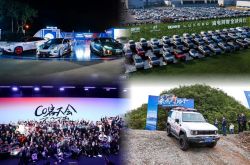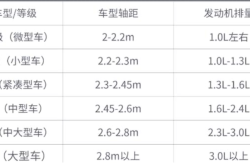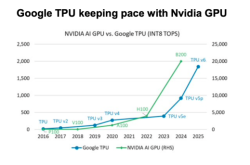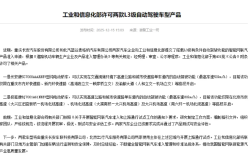US$1 Trillion! Breakdown of Musk's Compensation Details
![]() 09/09 2025
09/09 2025
![]() 478
478
Produced by | Bangning Studio (gbngzs)
Musk is already one of the world's top billionaires, but he could become even wealthier. A proposed compensation plan at Tesla might elevate him to become the world's first trillionaire.
On September 5, 2025, a U.S. Securities and Exchange Commission filing revealed that Tesla's board had approved Musk's US$1 trillion (equivalent to RMB 7,134.7 billion) compensation plan, submitting it for a vote at the annual shareholder meeting scheduled for November 6.
"Yes, you read that right," Tesla wrote at the beginning of its stock report—emphasizing the 13-digit figure, not billions, but US$1 trillion—an unprecedented number in global corporate history.
However, Musk must meet certain conditions to receive this massive reward. The Tesla board set the following performance targets for CEO Elon Musk over the next decade:
● Deliver 20 million vehicles
● Achieve 10 million active autonomous driving users
● Deploy 1 million autonomous taxis in commercial operation
● Deliver 1 million robots
● Adjusted EBITDA of US$400 billion
● Company market value of US$8.5 trillion (eight times current value)
The Tesla board stated that the controversial CEO had threatened to leave the company more than once, and this staggering compensation plan aims to prevent Musk's departure and ensure his full focus on transforming Tesla into an AI and robotics empire.
David Wagner, Head of Equities and Portfolio Management at Aptus Capital Advisors, said in an interview that this shows Tesla's lifeblood depends entirely on one person, "and the company knows it, ensuring he stays longer."
Gene Munster, Managing Partner at Deepwater Asset Management, believes Musk's incentives align with Tesla's AI development, presenting a huge opportunity over the next decade. The board hopes to set things right from the start, positioning the company for potential massive success.
However, it is also evident that Tesla is dissatisfied with Musk treating his work at Tesla as part-time. He focuses most of his attention on other privately held companies, such as rocket company SpaceX, satellite internet service Starlink, and AI company xAI. Additionally, Musk is increasingly involved in politics, including plans to establish a third party.
The Wall Street Journal reported that earlier this year, while Musk was leading the Department of Government Efficiency (DOGE), Tesla's board began searching for possible successors. However, the board denied this report. Shortly after, Musk announced he would leave DOGE to devote most of his time back to Tesla.
Musk has explicitly stated that controlling Tesla is crucial. In January 2024, he wrote in an article that he needs at least 25% of Tesla's shares.
"I'm uneasy about developing Tesla into a leader in AI and robotics without having 25% voting rights. I want enough influence but not so much that I can't be overthrown," Musk wrote in a post on X. "Otherwise, I'd rather leave Tesla to build products."
Critics of Musk and Tesla predict he will fail to achieve this grand goal, just as he missed previous target dates for producing FSD (Fully Self-Driving) cars and robotaxis. They argue Musk's true value to Tesla lies in his ability to convince Wall Street of a bright future despite repeated broken promises.
Kristin Hull, Founder and Chief Investment Officer of Nia Impact Capital, called the plan irresponsible. She questioned whether Musk is worth that much, stating, "The company he leads has lost its edge and is being overtaken by competitors. Moreover, Musk's actions outside Tesla have tarnished the brand."
Dan Coatsworth, Investment Analyst at AJ Bell, said one minute the Tesla board wonders if Musk, given his outspoken views and political distractions, will become a liability—the next, they say, pick a number, any number, to lock him in as long as possible.
According to Bloomberg, in December 2024, Musk became the first person to reach a net worth of US$400 billion. His current net worth is nearly US$378 billion. Musk is Tesla's largest shareholder, holding 19.7% of the company as of August 2025.
Just one day before the massive compensation disclosure (September 4), U.S. President Donald Trump hosted over 20 U.S. tech leaders at the White House, urging them to invest.
The gathering featured a star-studded lineup, including Meta CEO Mark Elliot Zuckerberg, Apple CEO Tim Cook, Microsoft founder Bill Gates, and OpenAI founder Sam Altman. However, Musk and NVIDIA CEO Jensen Huang were absent.
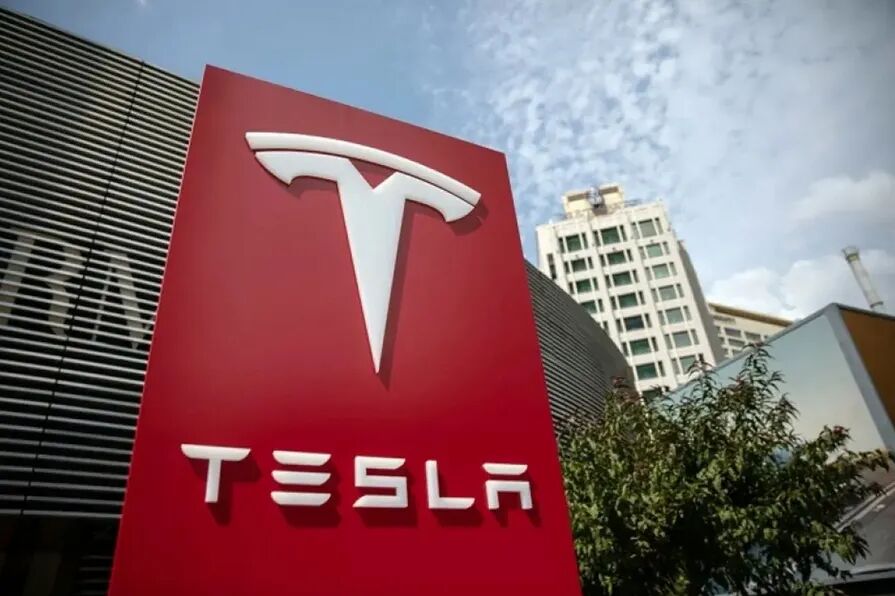
Exposure of Plan Details
The process of formulating the US$1 trillion compensation plan was not easy—a Tesla committee met with Musk 10 times, delayed the company's annual shareholder meeting, and hired six external advisors to finalize the plan.
During communications, Musk threatened to exit if he didn't receive certain commitments. The committee hoped he would end his political involvement and ensure his commitment to Tesla.
Tesla's proxy filing on September 5 revealed that Robyn Denholm, Chair of the Special Compensation Committee, and Director Kathleen Wilson-Thompson met with Musk twice to understand his vision for Tesla and what compensation framework would best motivate him. The filing provided unusual behind-the-scenes details.
They structured the compensation agreement around benchmarks related to four core product lines—expansion of Tesla's fleet, fully autonomous driving technology, robotaxis, and robots.
Other communications focused on negotiating the terms of Musk's compensation. Musk emphasized that he must obtain at least 25% of the company's voting rights—a point he raised last year on X.
"Musk also stated that without such assurances, he might pursue other interests and leave Tesla," the filing read. "The committee further discussed and tested these positions during negotiations, confirming Musk's views as genuine expressions."
Discussions intensified about seven months ago after Musk's 2018 compensation plan was rejected by a Delaware court. At the time, Musk was still serving with DOGE.
Clearly, Musk's political activities were a top concern for the committee, with investors fearing they could damage Tesla's brand. The filing stated that the company sought "assurances that Musk's relationship with the political sphere would end in a timely manner."
They also worried that competition for top AI talent, including through nine-figure compensation packages, would risk Tesla losing Musk and other AI-focused employees who might leave with him.
The process of determining Musk's new compensation plan was time-consuming—37 meetings with lawyers and various informal meetings with external advisors—leading the committee to request Tesla delay its annual meeting to complete the work. Typically held in spring, Tesla's annual shareholder meeting was postponed to November 6 this year.
As part of the investigative process, the committee hired compensation consulting firm Infinite Equity to analyze CEOs at 113 other U.S. publicly traded companies, deciding how to address Musk's 2018 "Moonshot" bonuses and the 12 milestones Tesla needed to achieve. The new compensation plan is primarily based on Musk's "Moonshot" bonuses.
Some critics argue that Musk should not receive further compensation since he is already the world's wealthiest person, and his current stake in Tesla is sufficient motivation. If the company reaches its latest market value target, Musk's existing holdings, including the 2018 package, would exceed US$1.5 trillion in value.
"We believe these criticisms fundamentally misunderstand Musk and his motivations," Tesla's compensation committee said.
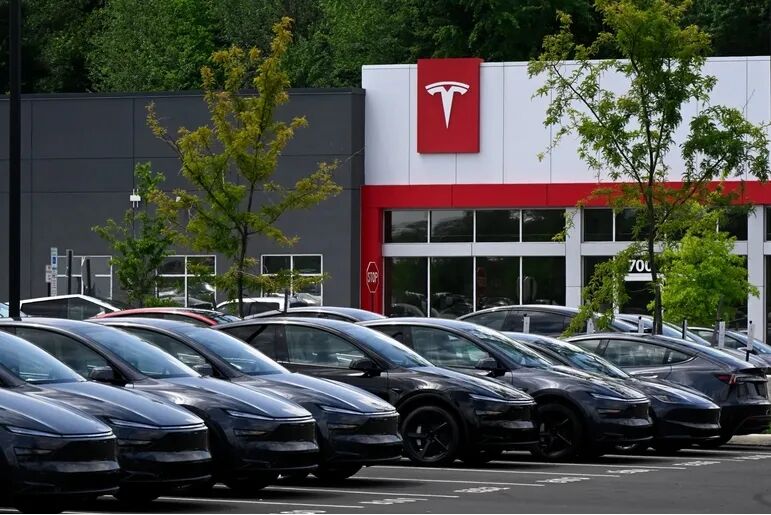
Breakdown of the US$1 Trillion Compensation
To receive the US$1 trillion compensation, Musk must meet several criteria. To some extent, these standards are simplified versions of commitments he has made to the company over the years.
What is certain is that if Tesla achieves all targets in this deal, it will be a vastly different company by the end of the 10-year period. However, it remains unchanged that the milestones Tesla requires Musk to set are less ambitious than those he previously established.
Let's examine what Musk must accomplish to receive the full bonus.
First, deliver 20 million vehicles.
Musk has claimed for years that by 2030, Tesla would produce 20 million electric vehicles annually. At the time, he and his company promised 50% annual growth.
But as sales growth stalled, Tesla abandoned the promise. In 2024, there was a reversal, followed by Tesla removing the annual 20 million vehicle target from its reports and halting plans to build a factory in Mexico that could have increased production.
Now, the first "product target" set by Tesla's board for Musk on his path to becoming a trillionaire is to deliver a total of 20 million vehicles. To date, Tesla has sold 8 million vehicles, with annual sales nearing 2 million even amid declines.
The new compensation plan will be achieved over 10 years, meaning the annual electric vehicle production target will drop from 20 million by 2030 to a total of 20 million by 2035.
Second, 1 million autonomous taxis.
One of Musk's most notorious and outrageous promises about Tesla came in 2019 when he claimed there would be 1 million robotaxis by 2020. Now in 2025, Tesla has just begun testing a robotaxi service in Austin, Texas, with approximately 20 to 30 vehicles equipped with safety drivers.
To receive the full compensation, Tesla requires Musk to achieve a modified version of this promise, as another product target listed by the company is—1 million commercially operated robotaxis.
This is a target to note. The fine print shows Tesla only requires "robotaxis commercially operated by (Tesla) or on behalf of (Tesla)" for "three consecutive months" to reach an average daily total of 1 million as part of a transportation service.
Tesla continues to define Robotaxi as any Tesla vehicle, including but not limited to the Cybercab under development, which uses Tesla's fully autonomous driving software to serve people.
This includes customer-owned cars, another long-promised but never delivered feature by Musk. For years, he has claimed Tesla could flip a digital switch to turn existing vehicles into fully autonomous cars, which owners could freely add or remove to form a larger robotaxi fleet.
However, Musk later stated that many Teslas currently on the road lack the hardware needed for robotaxis and that Tesla has not yet unveiled the Cybercab. Regardless, Musk now has a more relaxed timeline to attempt both.
Third, 1 million robots.
Musk believes Tesla's future hinges entirely on its development of the Optimus humanoid robot. Earlier this week, he claimed it could account for 80% of the company's future revenue.
Musk has increasingly focused on Optimus, making some wildly ambitious promises. One of his core claims is that Tesla will produce 1 million Optimus robots annually as early as 2029.
However, Tesla's board only requires Musk to deliver 1 million "robots" as part of the proposed compensation plan. Tesla also defines "robots" as "any robot using artificial intelligence or other physical products with mobility manufactured by or on behalf of the company."
Directors seem to agree that Optimus has "the potential to become Tesla's best-selling product." They stated it represents "the clearest example of Tesla's ability to make autonomous driving beneficial for all humanity."
But the board also noted that Optimus's commercialization plan is still under development, with Musk not reaching 1 million units until 2035.
Fourth, 10 million active autonomous driving users.
The fourth and final product target Musk must achieve is reaching 10 million active subscribers for Tesla's Fully Self-Driving (FSD) software.
This is the most ambitious product target. Tesla has not disclosed how many users currently pay for FSD, but executives state the adoption rate is "in the low double digits." This means, at best, several hundred thousand to a few million Tesla vehicles have the software installed.
As for Tesla's market value, Musk already has grand plans. He often claims Tesla could one day surpass the combined market value of Apple and Saudi Aramco. At current valuations, these two companies total approximately US$5.5 trillion.
Earlier this year, Musk stated Tesla's market value could exceed the combined market value of the next five most valuable companies—meaning his target is close to US$15 trillion.
Overall, this is a complex agreement filled with unrealistic ideas about Tesla's direction under Musk's leadership over the next decade. However, it's hard not to notice that these new targets largely represent Tesla's attempt to ground its CEO's promises in reality.
Additionally, for Musk to receive his eye-popping compensation, he must first find his successor—or at least eventually do so.
Succession planning is never an easy task, and it becomes even more difficult when it involves replacing a high-profile executive. Whoever eventually replaces Musk will have a daunting job ahead of them.
While regulatory filings state that the governance committee regularly reviews the CEO succession plan, it is noteworthy that this is the first time Tesla's board has incorporated this requirement into Musk's compensation package.
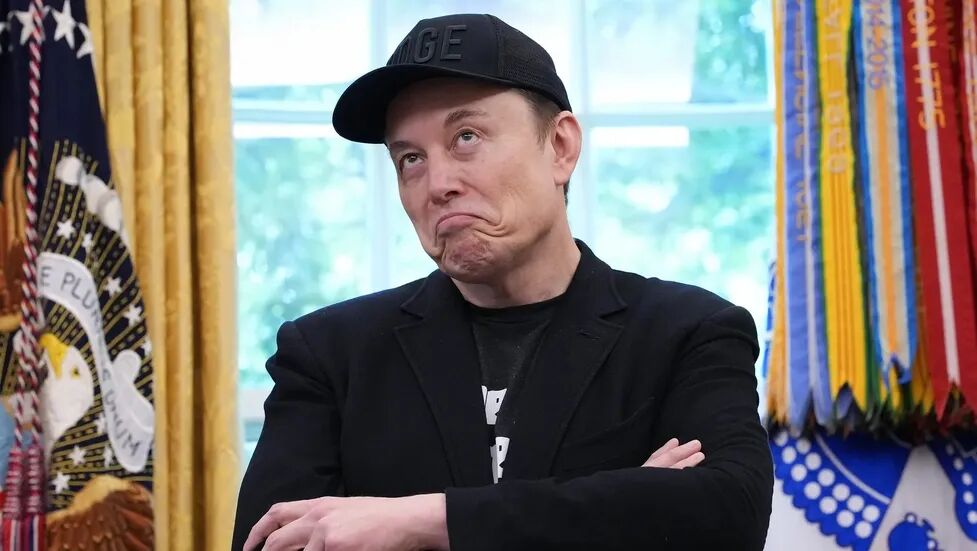
Is money the right carrot?
Musk's new compensation package—potentially reaching up to $1 trillion over the next decade—is seen as a bold move to keep the mercurial CEO focused on Tesla.
On the surface, it is capitalism at its most extreme—tying the world's richest person to unprecedented corporate goals, like a carrot dangling in front of a carriage. But the announcement also raises a deeper question—is money the right carrot for Musk or any modern CEO?
Musk is already the world's richest person. Most estimates suggest he has little money in his bank account that would change his daily life. If anything, his motivation seems not to be money but the bet to change the world—electric vehicles, space travel, brain-computer interfaces, or artificial intelligence.
For Musk, wealth seems to be fuel for ambition, a resource that enables him to pursue ventures most capital markets consider too speculative.
His quest for Mars colonization or artificial intelligence may not be driven by stock option packages. In fact, Musk often says his wealth is 'not a cash reserve' but equity tied to his companies—equity he can push toward grander visions.
So, this trillion-dollar package may not be about throwing money in front of Musk but legally and structurally binding him to Tesla, reassuring investors. For him, the real motivation seems to be whether Tesla remains the center of his intellectual empire or if his attention shifts elsewhere.
Yes, for most business leaders, money matters. Many Fortune 500 CEOs already earn tens or even hundreds of millions of dollars. It is not the next dollar that keeps them striving but the security and a way to achieve that money provides, yet the real drivers often lie in identity, purpose, and influence.
Money will always be a driver of business—but for Musk, it is increasingly clear that it is not the only one. His ambitions extend beyond corporate valuations to reshaping civilization itself.
For other CEOs, the lure of compensation can drive performance to a point, but mission, legacy, and influence are often more enduring motivators.
Tesla's trillion-dollar gamble may not be about motivating Musk but reassuring others that he will not leave. That is where the real trillion-dollar relationship lies.
So, whether this trillion-dollar plan truly motivates Musk or simply reassures investors that he will not stray too far from Tesla remains an open question.
But one thing is abundantly clear—Musk did not get rich by cashing out; he got rich by doubling down.
(This article partially compiles reports from Automotive News, Investopedia, CNN, ABC, The Guardian, Business Insider, Tech Crunch, Bloomberg, DW, and HRD, with some images sourced from the internet.)

